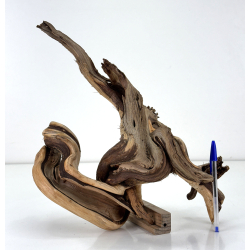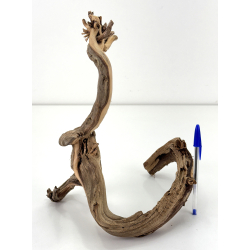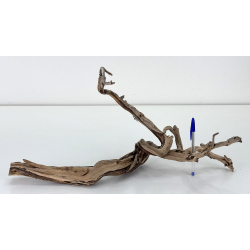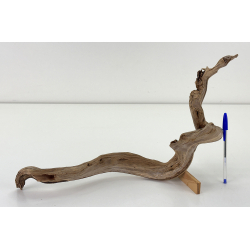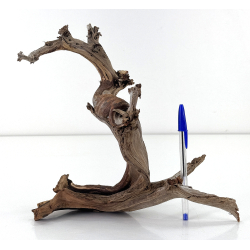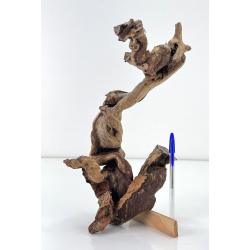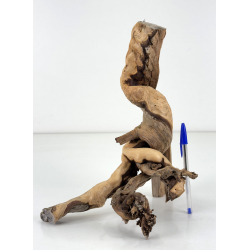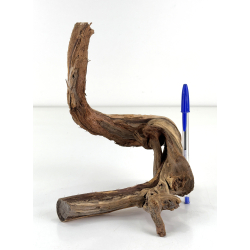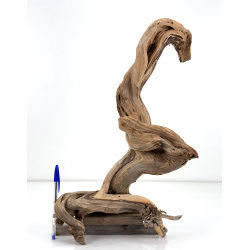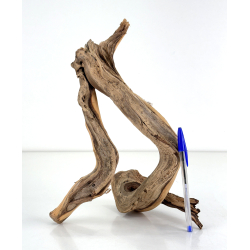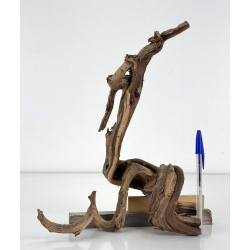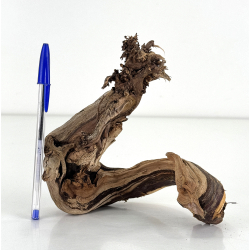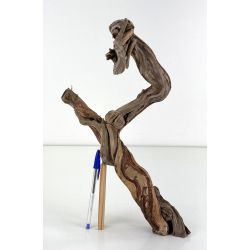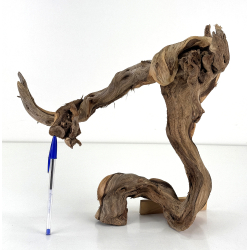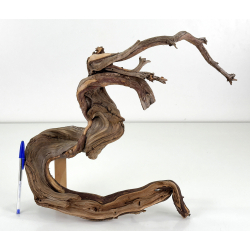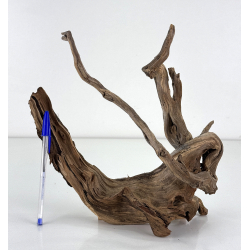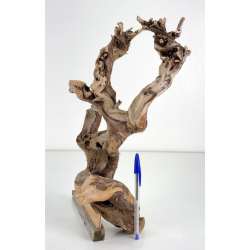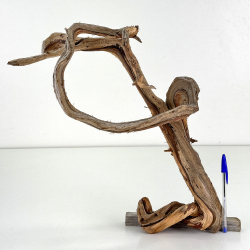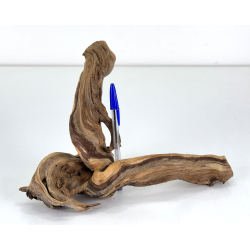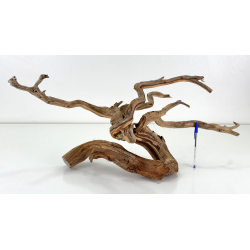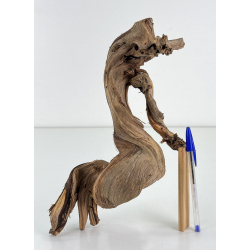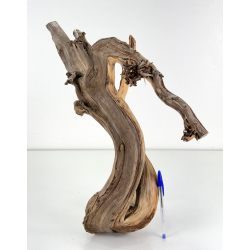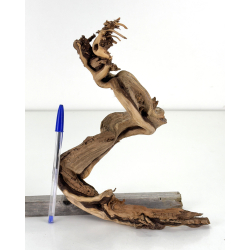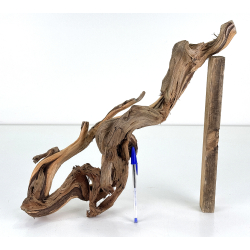Tanuki woods:
Although most common, not all trees are grown in pots. There are styles that lend themselves to the use of dead wood, which also serve as containers for accent plants and trees, although they are most often used for the tanuki technique.
This technique is defined as the joining of a dead wood to a living plant, simulating that they are completely joined together. The jines and sharis of the dead wood are integrated into the whole plant.
Tanuki is a Japanese mythological character. It is the popular name of the Nyctereutes procyonoides, a mammal known as the "Japanese raccoon-dog", very popular in Japanese folklore, because it has the characteristic of being able to transform itself at will, confusing travellers in the forest. This meaning of "deception" is what makes this bonsai technique known as "tanuki". It is common to see these raccoons with their gourds and hats at the entrance of houses, restaurants and shops, as tradition has it that they bring good luck.

